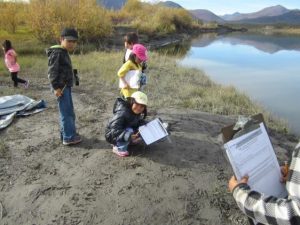Arctic Village sits on the banks of the Chandalar River and borders the Arctic National Wildlife Refuge. It’s here that I went as a volunteer for the Friends of Alaska National Wildlife Refuges to participate in the 2018 Camp Goonzhii Science and Culture Camp. I arrived at the school just in time to observe an elder teaching students how to cut up a caribou leg and make caribou stew. I guess camp had already started in Arctic Village.
The next day began with my facilitating bird nest building with an enthusiastic group of about 12 kindergarten-4th graders. Outside, across from the school, we found some willows, turning a beautiful fall yellow. The bushes were just the right height for these young scientists to construct a bird nest. Weaving sticks, grass and leaves together they eagerly built small cup shaped nests. They tested their nests with three small stones which represented eggs. Each nest passed the test!
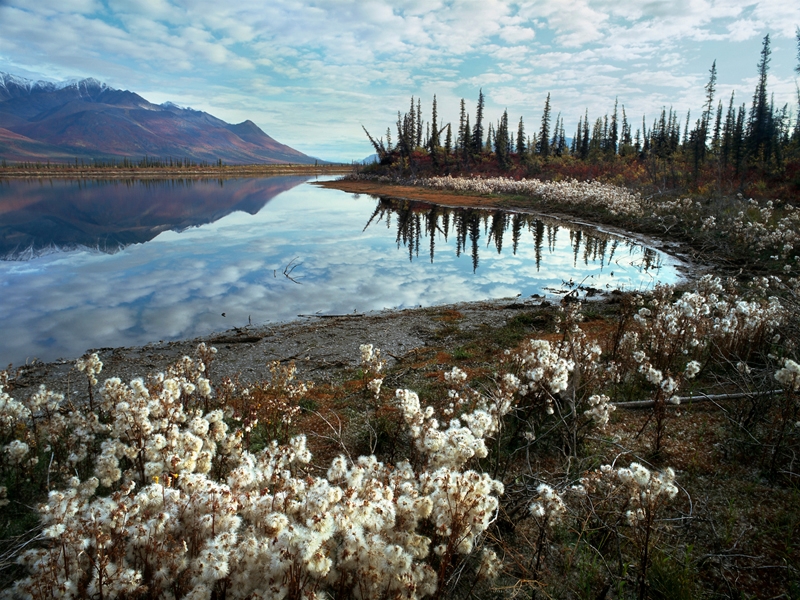
Next came a lively group of middle schoolers. Out into the field we went and they also were intent on participating. They asked pertinent questions such as: how do birds know where to build a nest? How long does it a take a bird to build a nest? Can a bird lay eggs without a nest? The high schoolers were next and I was pleased to see how much care and diligence they took in constructing their nests. I was so impressed with all the student’s enthusiasm and excitement for learning about bird nests. Some wondered if their nest would last all winter and a bird might come and use it next spring.
The days at Camp Goonzhii were filled with other diverse science activities. There was, “the life of salmon” which included an activity in which students observed how water flow effects the success of egg survival. We had a morning on the creek where students collected and observed aquatic life. Students also practiced in the art of scientific sketching. And they were informed about how wildlife refuges are managed. The last day village elders came and talked to students about several topics from protecting their land to being successful in school.
The entire experience at camp and visiting Arctic Village was amazing. Thank you to Friends of Alaska National Wildlife Refuges. I feel privileged to have been given the opportunity to assist with Camp Goonzhii.
(Header photo by Cynthia Sisson; Landscape by Gwich’in Steering Committee – “Unnamed lake along east fork of Chandalar River)
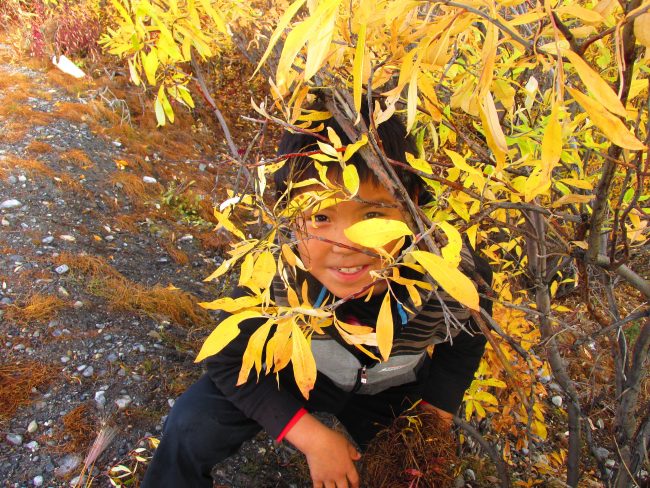
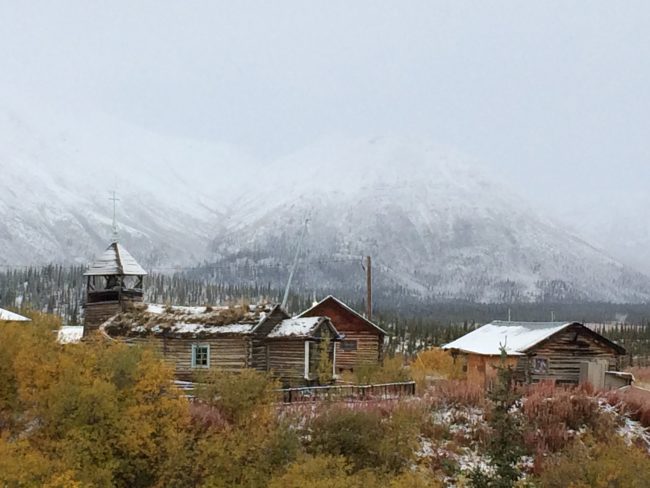
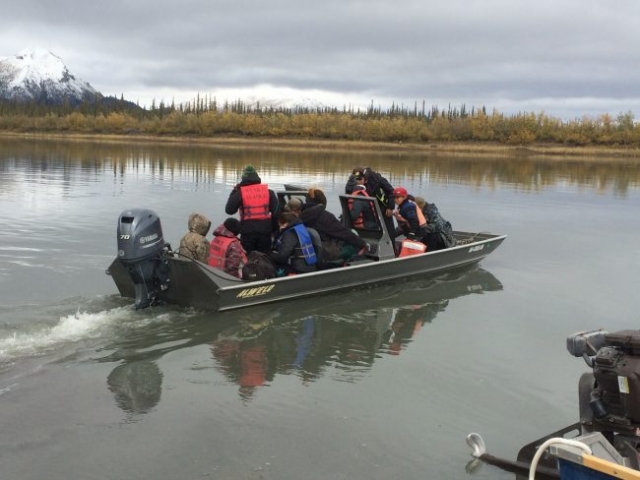
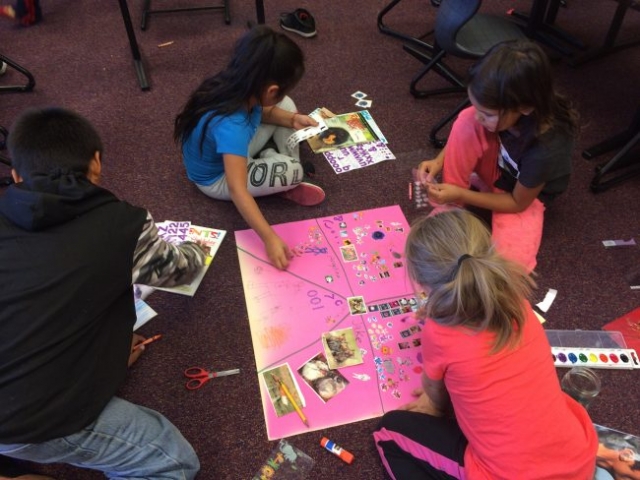
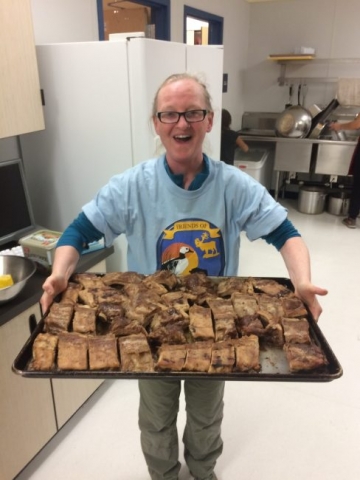
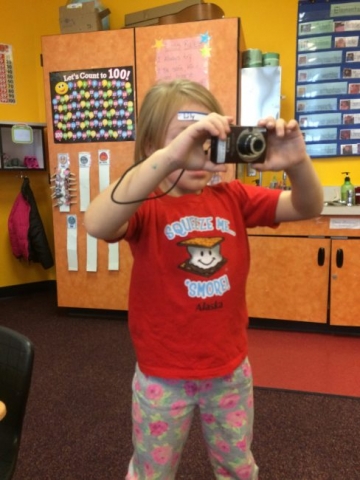
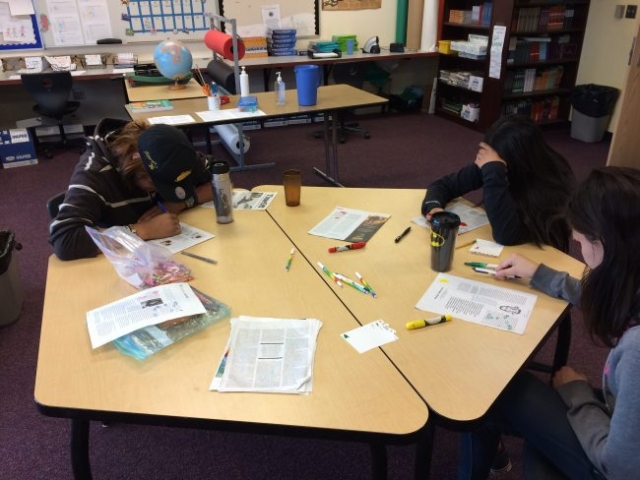
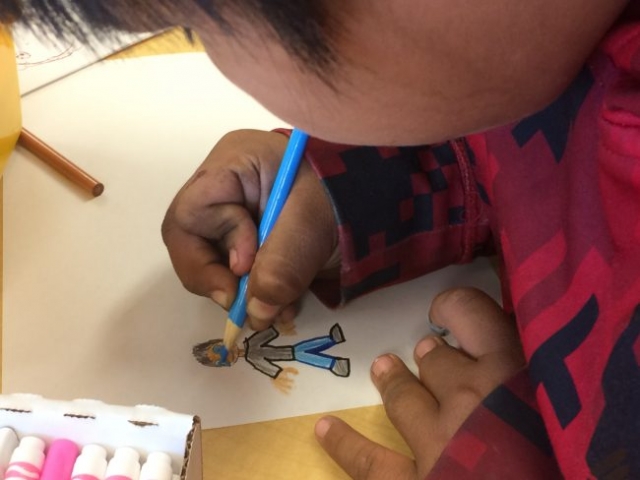
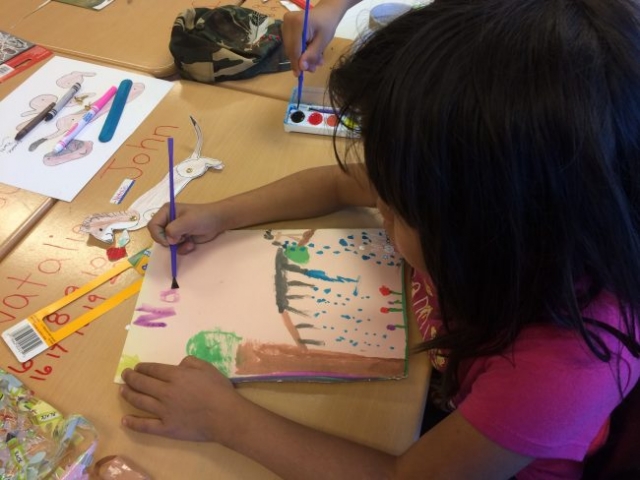
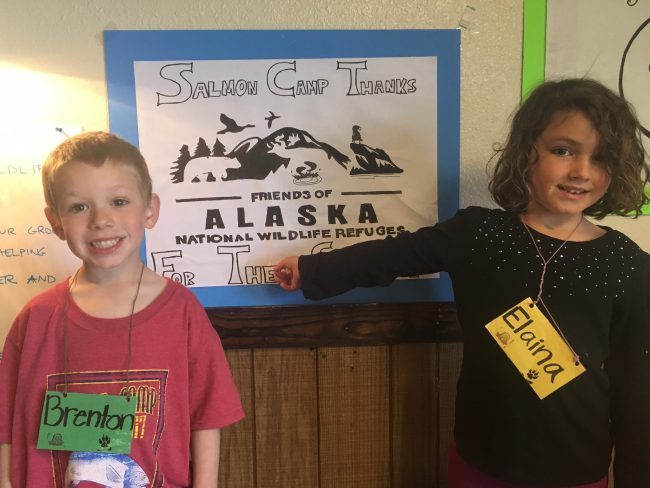
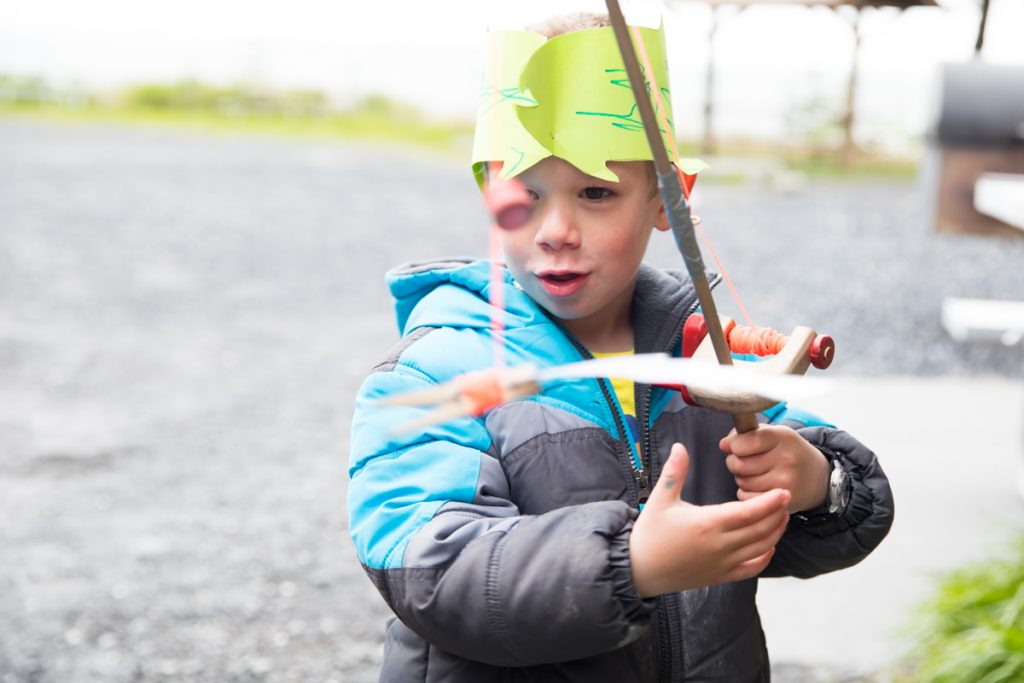
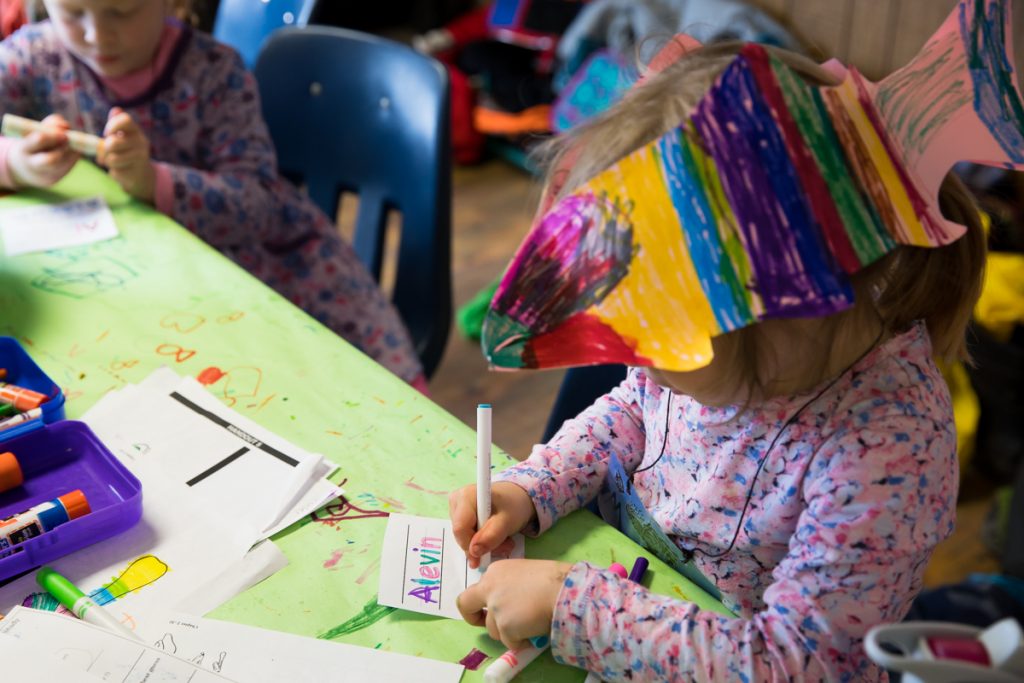
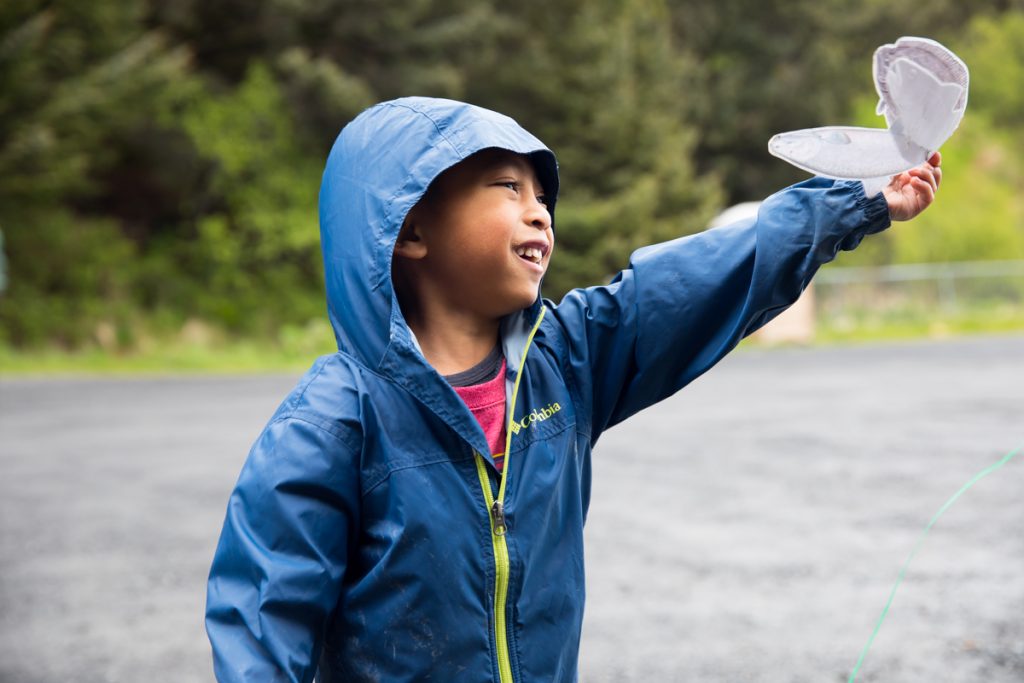
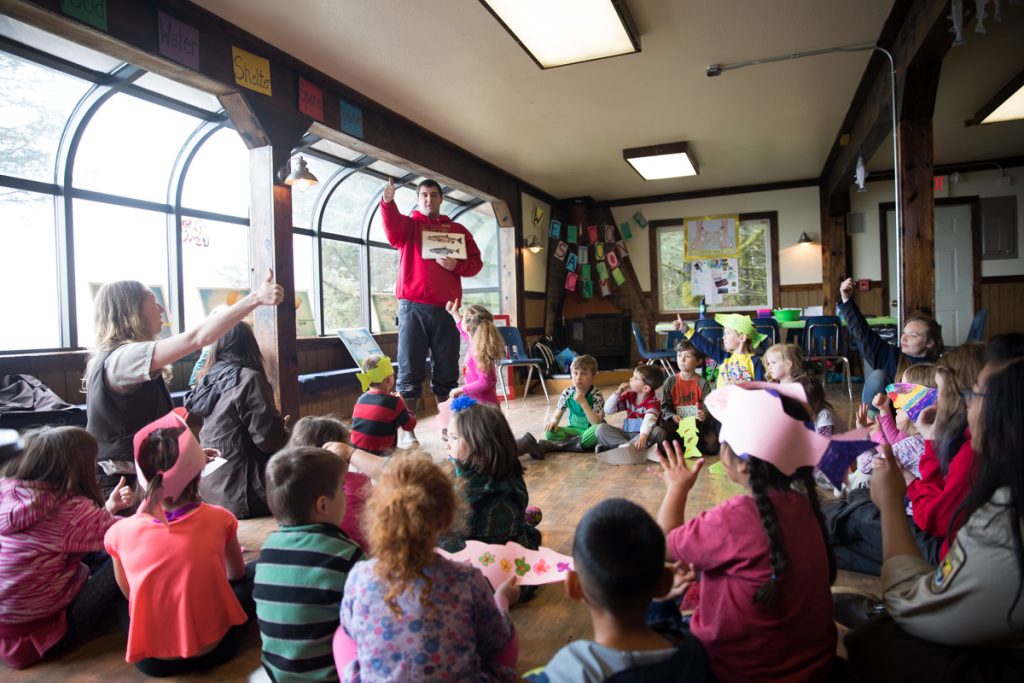
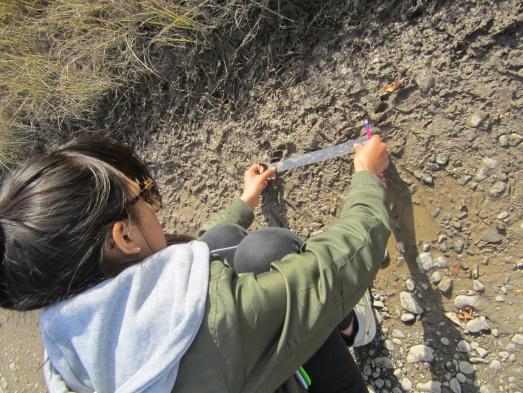
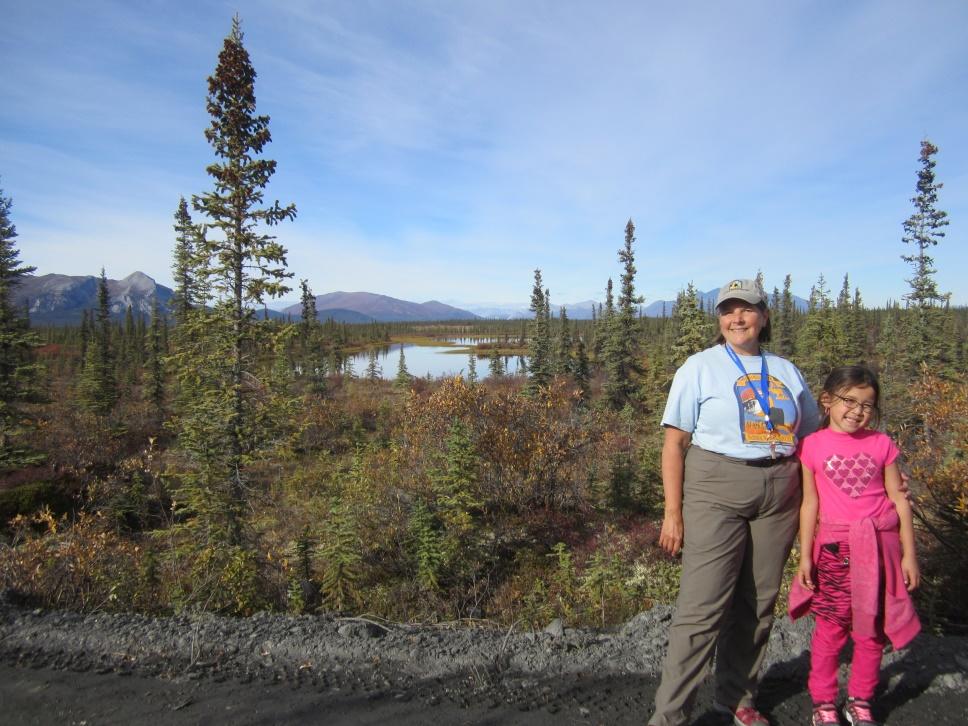
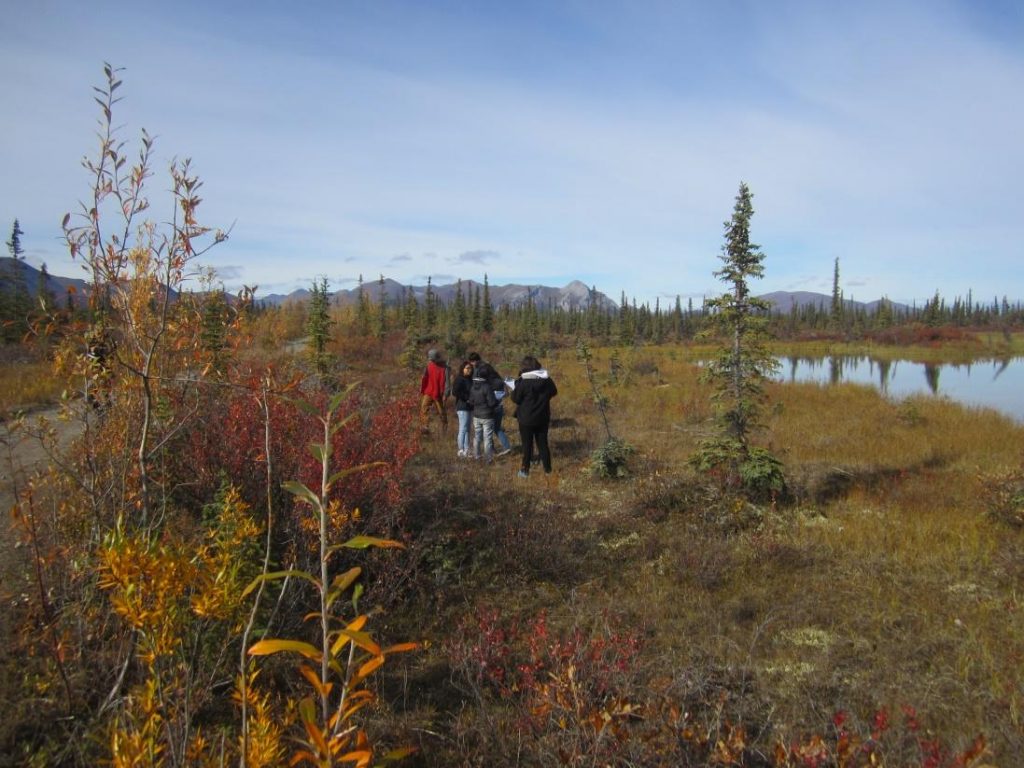 “
“
